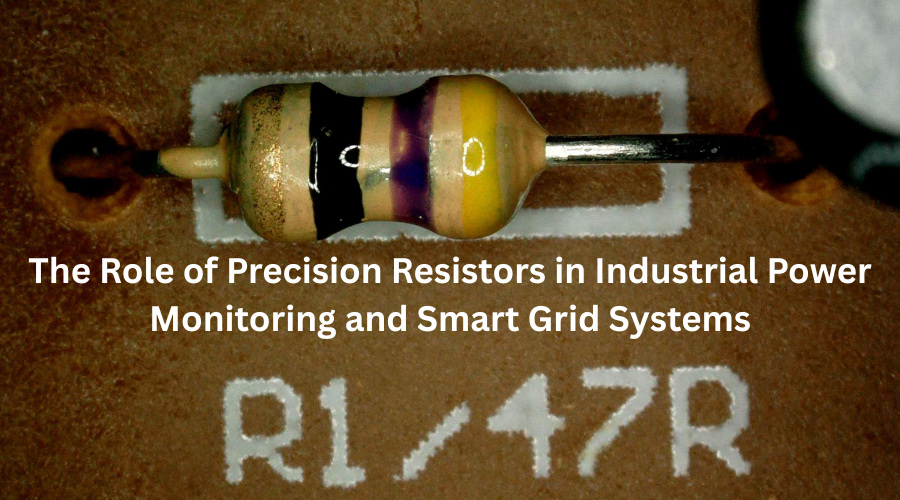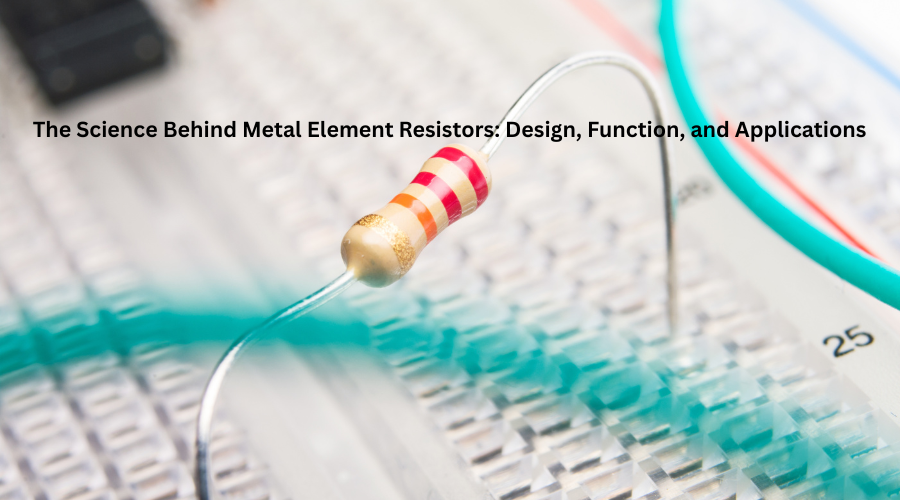Shunt Resistors vs Hall Effect Sensors: Which is Best for Your Application?
- laifutechco
- Jul 22
- 4 min read

In the world of electronics and power systems, measuring current accurately is critical for safety, efficiency, and performance. Two of the most common methods for current sensing are shunt resistors and Hall Effect sensors. But when it comes down to choosing between them, which one is right for your application?
In this blog, we'll dive deep into how each works, their pros and cons, and where they are best applied. Whether you're a design engineer, project manager, or working with a shunt resistors manufacturer for your next product, understanding these components can help you make smarter decisions.
Understanding Shunt Resistors
Shunt resistors are precision resistors used to measure current by detecting the voltage drop across them. Based on Ohm's Law (V = IR), the potential difference across the resistor is positively correlated to the current passing through it. This makes shunt resistors a simple yet highly accurate way to sense current in a circuit.
Key Features of Shunt Resistors:
High accuracy
Wide current range compatibility
Low cost
Compact design
Robust performance in harsh environments
Shunt resistors are commonly found in battery management systems (BMS), power supplies, electric vehicles, and industrial machinery, where precise current measurement is essential.
What Are Hall Effect Sensors?
Hall Effect sensors measure current indirectly through the field of magnetic influence produced by the flow of current. When current travels along the conductor, it generates a magnetic field. The Hall sensor detects this field and translates it into a voltage signal, which correlates with the current.
Key Features of Hall Effect Sensors:
Contactless measurement
Galvanic isolation
Ability to measure both AC and DC
Good for high-voltage applications
You'll often find Hall sensors in electric drives, automotive applications, motor controllers, and renewable energy systems, especially when isolation from high voltages is important.

Comparing Shunt Resistors and Hall Effect Sensors
Let's break down the differences that matter most when choosing between these two technologies:
Feature Shunt Resistors Hall Effect Sensors
Accuracy High (typically ±0.1% or better) Moderate to High (±1-3%)
Cost Low Higher
Size Compact Usually larger due to magnetic core
Isolation No (requires external isolation) Yes (inherently isolated)
AC/DC Compatibility DC only (AC with conversion circuits) AC and DC
Temperature Stability High (especially with 4-wire sensing) Sensitive to ambient temperature changes
Bandwidth Very High (up to MHz range) Moderate
Response Time Fast (microseconds) Slightly slower
When to Use Shunt Resistors
Shunt resistors are a go-to choice when:
High precision is needed in the current measurement
The system already has isolation measures in place
Cost and size are critical constraints
Operating in high-frequency environments
Examples of ideal applications include:
Battery packs in electric vehicles
Power supplies for data centers
Industrial automation systems
Energy meters
When to Use Hall Effect Sensors
Hall Effect sensors are preferable when:
Galvanic isolation is essential
There's a need to measure both AC and DC current
The application deals with high voltage
You want a contactless sensing method for added safety
Common applications include:
Solar inverters and wind turbines
Electric motor drives
HVAC systems
Automotive current sensing, such as in EV chargers
Design Considerations: Choosing the Right Option
When deciding between a shunt resistor and a Hall Effect sensor, consider the following:
1. Accuracy Requirements
If your application demands tight current measurement tolerances, a shunt resistor is a better option. It's also ideal for calibration-sensitive devices.
2. Voltage Isolation Needs
If you're working with high voltage circuits, Hall Effect sensors offer built-in electrical isolation, reducing design complexity.
3. Space Constraints
In compact environments where board space is at a premium, shunt resistors shine. Their small footprint can simplify layout and integration.
4. Budget Limits
Shunt resistors are significantly more cost-effective, making them suitable for mass production or cost-sensitive projects.
5. Operating Conditions
If your system is exposed to wide temperature ranges, make sure to select shunt resistors with low TCR (temperature coefficient of resistance) or Hall sensors with built-in temperature compensation.
Hybrid Systems: Best of Both Worlds?
Interestingly, some modern systems use both shunt resistors and Hall Effect sensors together. For example, Hall sensors might be used for primary high-voltage measurements, while shunt resistors are used for secondary precision monitoring.
This approach provides redundancy, improves safety, and enables more complex diagnostics, especially in mission-critical systems like aerospace, energy grids, or autonomous vehicles.
Conclusion: Which One is Right for You?
Choosing between shunt resistors and Hall Effect sensors depends heavily on your application requirements. If you need precise, cost-effective, and high-bandwidth current sensing, go for a shunt resistor. But if you require non-contact sensing, electrical isolation, and flexibility in AC/DC measurements, a Hall Effect sensor might be your best bet.
Ultimately, there's no one-size-fits-all answer. By carefully evaluating the voltage levels, accuracy, isolation needs, space, and cost, you can make a more informed choice and enhance the performance of your electronic system.
FAQs
Q1: Can shunt resistors measure AC current?
Shunt resistors are primarily designed for DC measurement, but with additional circuitry like active rectifiers or op-amp filters, they can be adapted for AC sensing as well.
Q2: Are Hall Effect sensors suitable for low-current applications?
Hall sensors are less accurate at very low currents (below a few amps), which can result in higher noise and drift. In such cases, shunt resistors may provide better precision.
Q3: Which is more reliable in harsh environments?
Shunt resistors generally have better tolerance for temperature extremes and vibration, while Hall sensors may require shielding and temperature compensation to maintain accuracy.
Q4: Do Hall Effect sensors require calibration?
Yes, for precise measurements, Hall sensors should be calibrated during production and may need periodic recalibration, especially in sensitive applications.
Q5: What are the major cost differences?
Shunt resistors are typically cheaper, especially when buying in bulk. Hall sensors include more components (e.g., magnetics, ASICs), so they are more expensive and may increase bill of materials (BOM) costs.




Comments